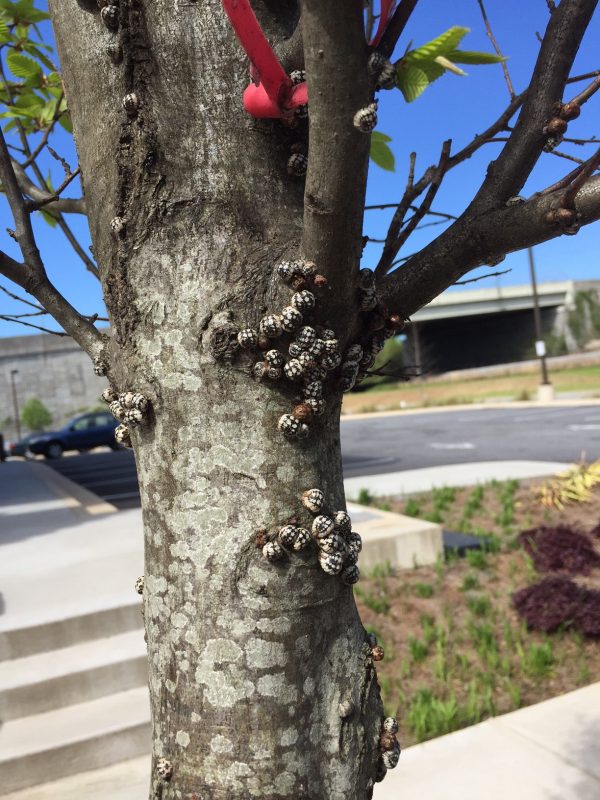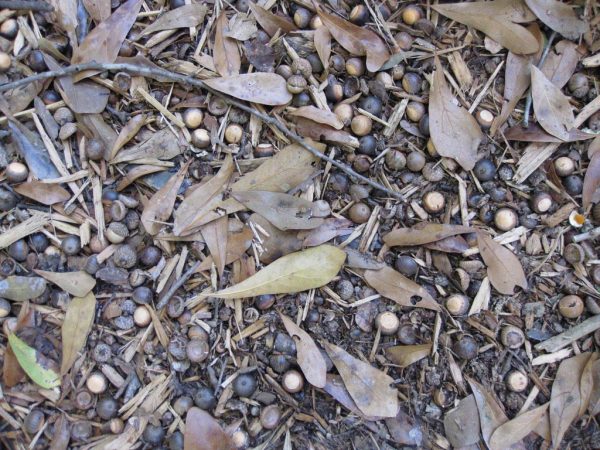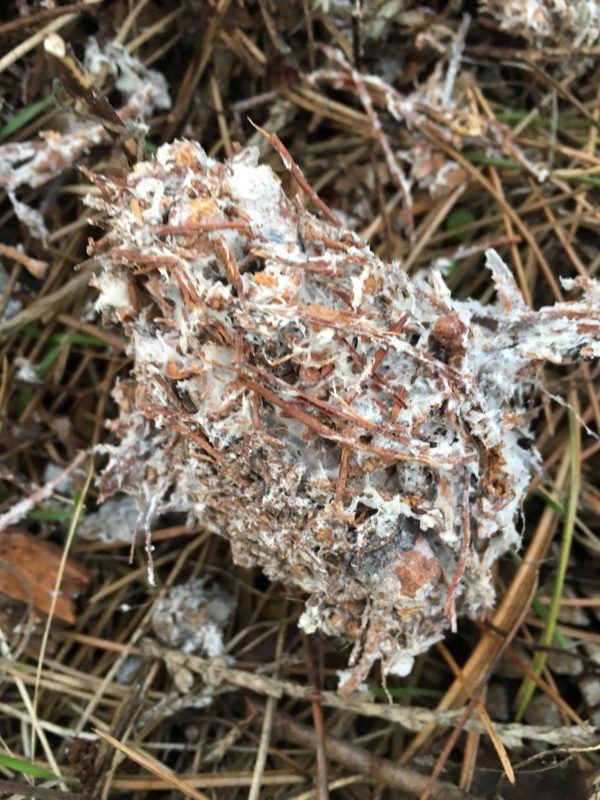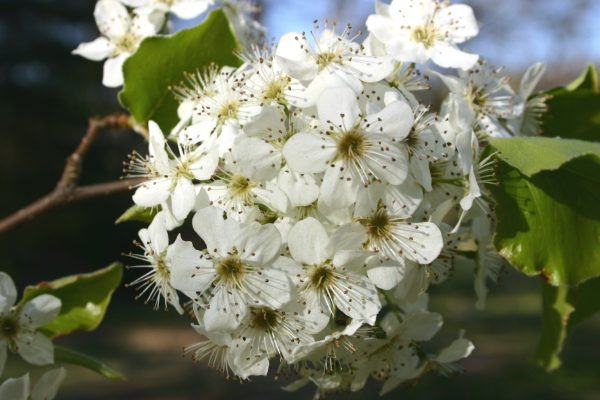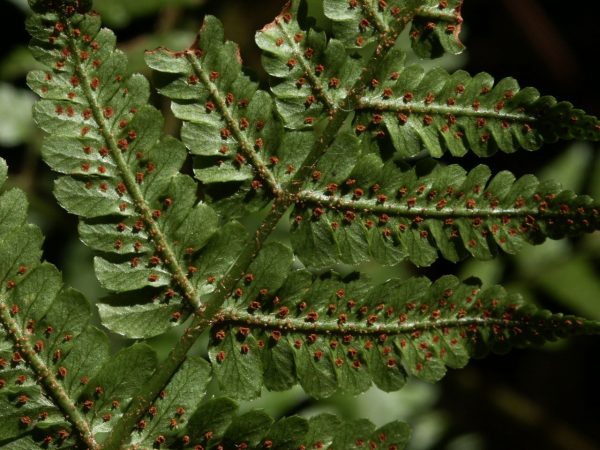Pollinators – Housing For
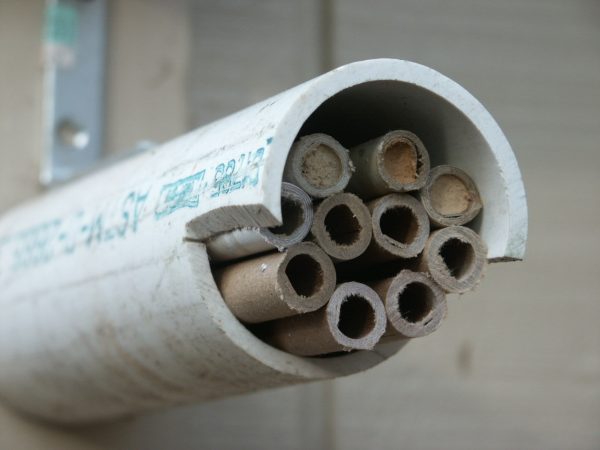
Many landscape plants depend on bees and other insects to move pollen from flower to flower. The insects don’t realize they are pollinating the plants they visit – they’re just looking for nectar in the flowers. You can help the flowering plants in your neighborhood by planting a pollinator-friendly flower garden. Bumblebees, solitary bees, pollinating wasps and other insects will try to fill in for honeybees.
Besides providing nectar for pollinating insects you can also provide housing. Housing for the orchard mason bee is easy to build. This small bee is inconspicuous and non-aggressive. You won’t even know you have any around until you see that they have laid eggs in your mason bee house and sealed them with mud.
WOODEN BLOCK HOUSE Mason bees lay their eggs in holes they find naturally occurring in trees. Unlike the carpenter bee, mason bees won’t bore into your deck or swoop towards you if you invade their territory. Lack of suitable nest holes limits their population, so you can benefit them greatly by providing wooden blocks with pre-drilled holes.
The easiest material to use is 2×6 pine lumber. Drill holes five-sixteenths inch in diameter in the edge of the lumber pieces. The holes should be four to five inches deep. The triangular pattern shown in the illustration seems to work well. Screw two or three eight-inch long, hole-filled blocks of wood together to make a nest. Nail on a roof made from scrap lumber. Hang the nest blocks on the east side of your house, shed or garage. You may also place bee nests on dead trees or posts in wooded areas near streams where there is a good supply of mud for nest construction and wild flowers on which to forage.
CARDBOARD TUBE HOUSE I have built several wooden bee nests and, to be honest, all that drilling is pretty boring. Knowing that paper straws are also used to house mason bees, I went looking for something similar. Lo and behold, the cardboard tubes that comprise the bottom of coat hangers are the perfect size for bees! I slice the tubes into seven inch sections and place them in an eight inch long piece of plastic PVC pipe two-inches in diameter.
INTERLOPERS? You might need to introduce a population of orchard mason bees to your landscape if none are naturally present. I bought mine from Knox Cellars. If you’d rather see if bees are already present, set out your nest and observe the mud plugs that eventually seal each hole. Mason bee plugs are rough while those of mud-dauber wasps are smooth. You can see three wasp-filled tubes atop the empty tubes in the PVC pipe illustration. Since mud-dauber wasps are also beneficial insects, I don’t interfere with whichever insect wants to make a nursery of my holes.
MORE INFORMATION



